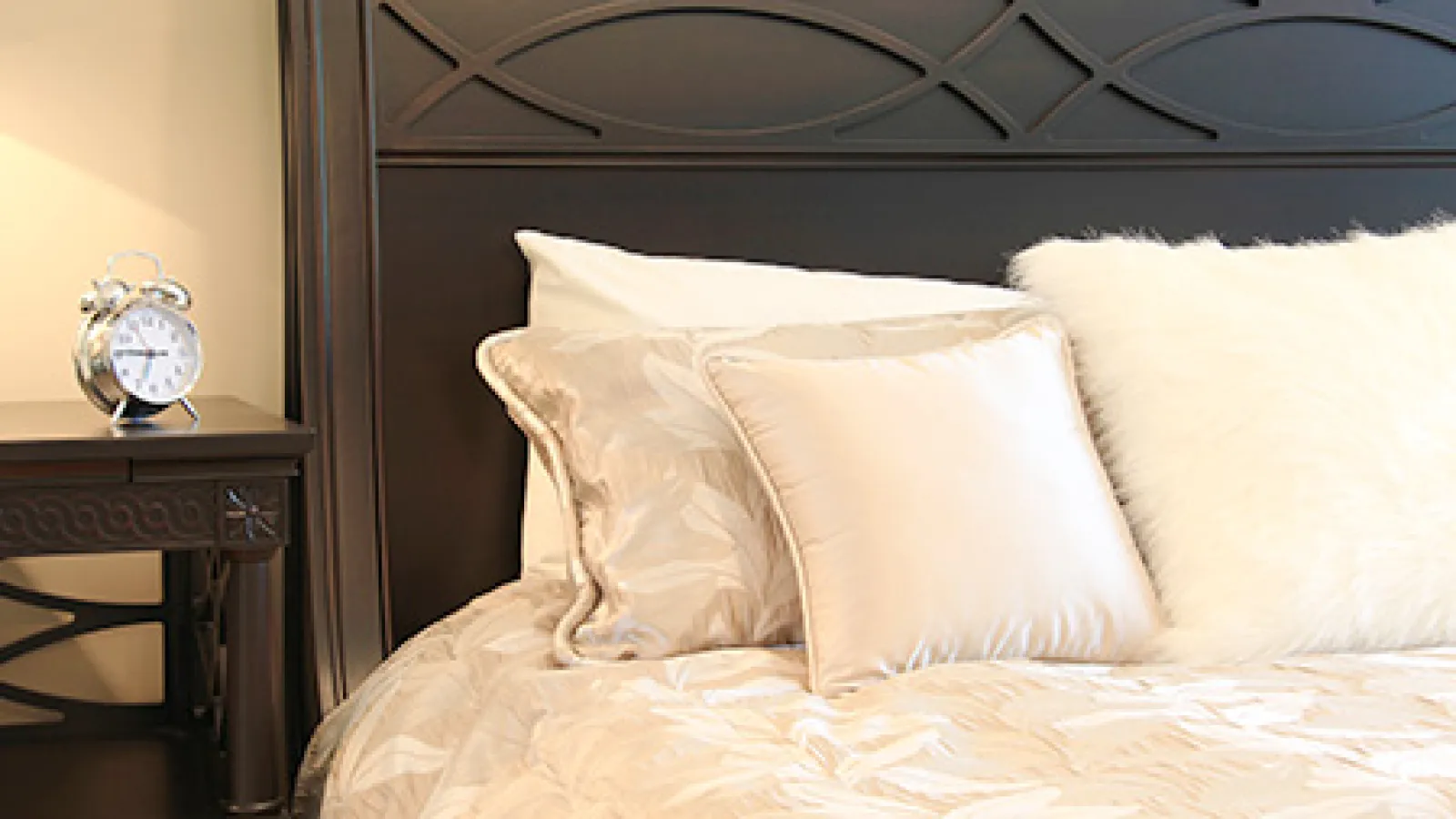
Household
Items
16,247
Five Star Reviews
Comforters and
Bedspreads
Bedding supplies typically last a long time. Comforters and bedspreads usually last five and six on average.
A bedspread is an outer covering for a bed that goes over the sheets and blankets. It is usually a decorative component of the bed set. A comforter is a quilted bed cover.
The cover consists of an outer face fabric, a center batting (usually a fiber mat or down), and a backing fabric. These three layers are held together with a stitched pattern or simulated stitching. The comforter may be used for decorative purposes, like a bedspread, or in place of a blanket.
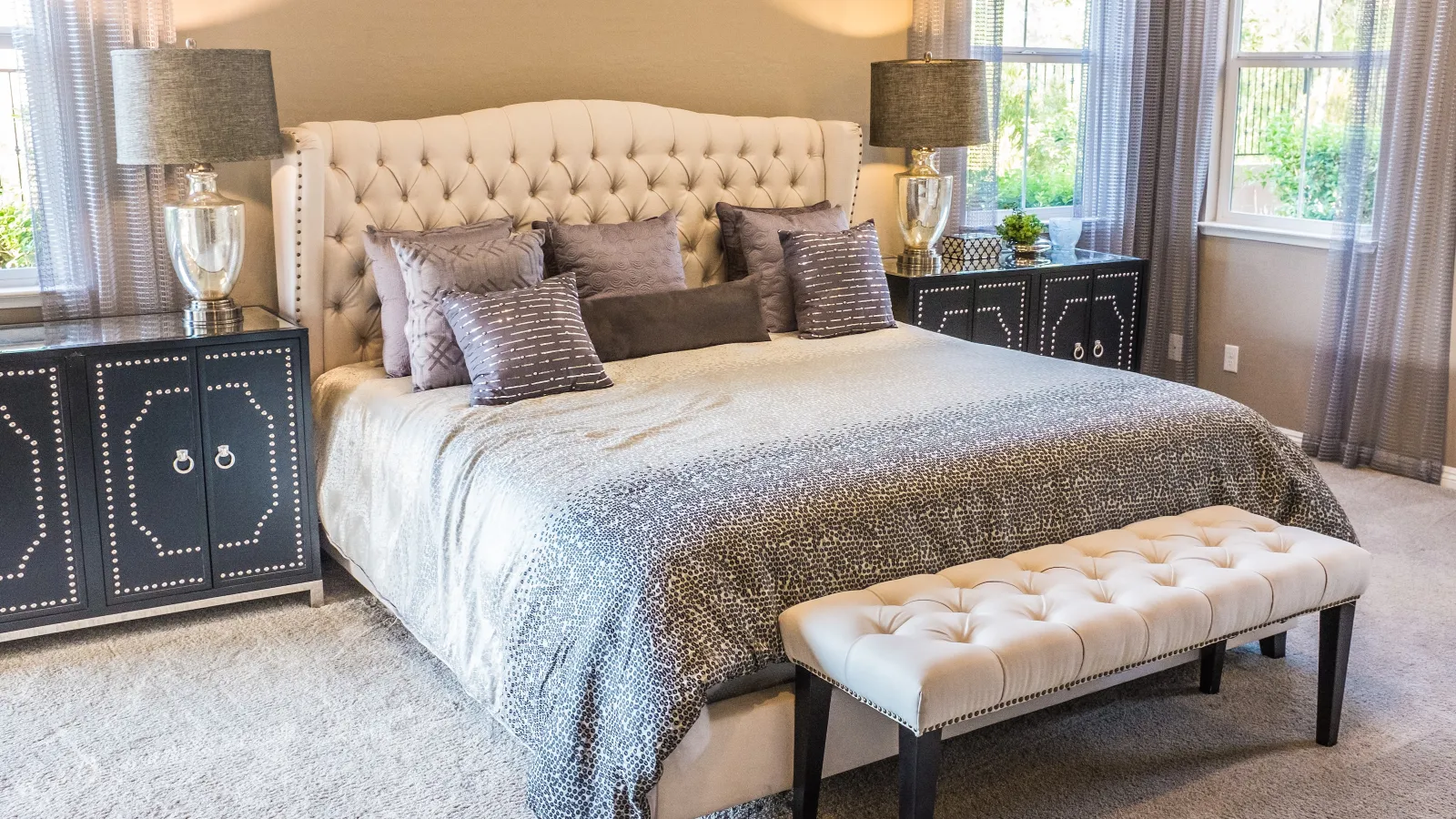
Bedding Supplies
Bedding supplies typically last a long time. Comforters and bedspreads usually last five and six on average.
A bedspread is an outer covering for a bed that goes over the sheets and blankets. It is usually a decorative component of the bed set. A comforter is a quilted bed cover.
The cover consists of an outer face fabric, a center batting (usually a fiber mat or down), and a backing fabric. These three layers are held together with a stitched pattern or simulated stitching. The comforter may be used for decorative purposes, like a bedspread, or in place of a blanket.
Possible Problems
Unlike clothing care labels, which provide instructions for how to properly care for the garments, the Federal Trade Commission's Care Label Rule does not require permanent labels on home furnishings fabrics. Most bedspreads and comforters are sold with care instructions on a hang tag, a temporary label or on the packaging.
While bedspreads and comforters are often long-term purchases, they can be subject to many problems in use and care. Possible problems include:
- Stains: Stains can easily occur from spillage or contact with various substances in use. Once they have contacted the fabric, they may be difficult to remove. Factors affecting removal include the nature of the staining material and the age of the stain. The multiple thickness of bedspreads and comforters may also make removal difficult.
- Color loss: Cleaning may cause color loss, a print to be diminished in color or a print to lose its original brightness. All coordinating pieces should be drycleaned or laundered at the same time and with the same process to prevent color variances within the set.
- Shrinkage: Shrinkage of 2 to 3 percent or more can easily occur if the fabric is not completely preshrunk. This may cause the bedspread to not fit properly or appear much too small.
- Improper construction: If comforters are not quilted with closed channels or pockets the filling material can shift in cleaning and use. Proper construction helps prevent shifting, fabric tears, and uneven appearance.
- Stitching under stress: Stitches could break during cleaning if quilting lines are more than eight to 10 inches apart.
They may also break if the stitching thread was damaged in use or if the stitches are not secured properly at the end of the quilting line.
Preserving Your Household Textiles
While cleaners are clothing care experts, they also know a thing or two about household textiles, which, in addition to bedspreads and comforters, include draperies and curtains, blankets, upholstery, slipcovers, decorative pillows, rugs, and heirloom textiles.
To protect and prolong the beauty of your household textiles remember these basic tips:
- Protect all furnishings from sunlight, fumes, and pets.
- Damage, like tears, should be repaired immediately.
- Vacuum and/or brush to remove dust regularly.
- Follow the manufacturer's cleaning recommendations.
- Do not allow the item to become extremely soiled, and have any stains removed immediately.
- Do not store household textiles that are not clean and stain free.
Bedding supplies typically last a long time. Comforters and bedspreads usually last five and six on average.
A bedspread is an outer covering for a bed that goes over the sheets and blankets. It is usually a decorative component of the bed set. A comforter is a quilted bed cover.
The cover consists of an outer face fabric, a center batting (usually a fiber mat or down), and a backing fabric. These three layers are held together with a stitched pattern or simulated stitching. The comforter may be used for decorative purposes, like a bedspread, or in place of a blanket.
Caring for
Household Items
Open the windows and let the sun shine in! But be careful where those rays go because they could fade some parts of your home environment.
Sometimes we forget about household items that blend into our homes so much they become a part of the scenery. These items collect dust and dirt and can become damaged, faded or discolored in their inactivity. Since we see them everyday, gradual changes come about without our noticing.
Guest room items are often overlooked, as many comforters on guest room beds sit in direct sunlight and are rarely noticed. Draperies, upholstery, rugs, and pillows all fade into the background. While these items brighten our homes, they are collecting dust, grime, food crumbs, and stains.
Trained fabric care professionals like us have the knowledge and equipment to care for your household items so you can enjoy them even longer. Here are some tips you can use to get the most out your household items.
Comforters
Comforters rarely become soiled as they rest atop other blankets and bed coverings. Sooner or later they will acquire a stain or collect enough dust to warrant cleaning. Comforters left in direct sunlight can fade in some areas. It is best to keep comforters and heirloom quilts out of direct light to prevent damage.
We can process your comforters and quilts to get the dust and grime out of them safely. Many comforters will not fit into home washers but fit easily into oversized professional cleaning machines.
Handmade quilts are especially susceptible to dye bleeding since the fabric components of the quilt vary. We test quilts to ensure no bleeding will ruin it.
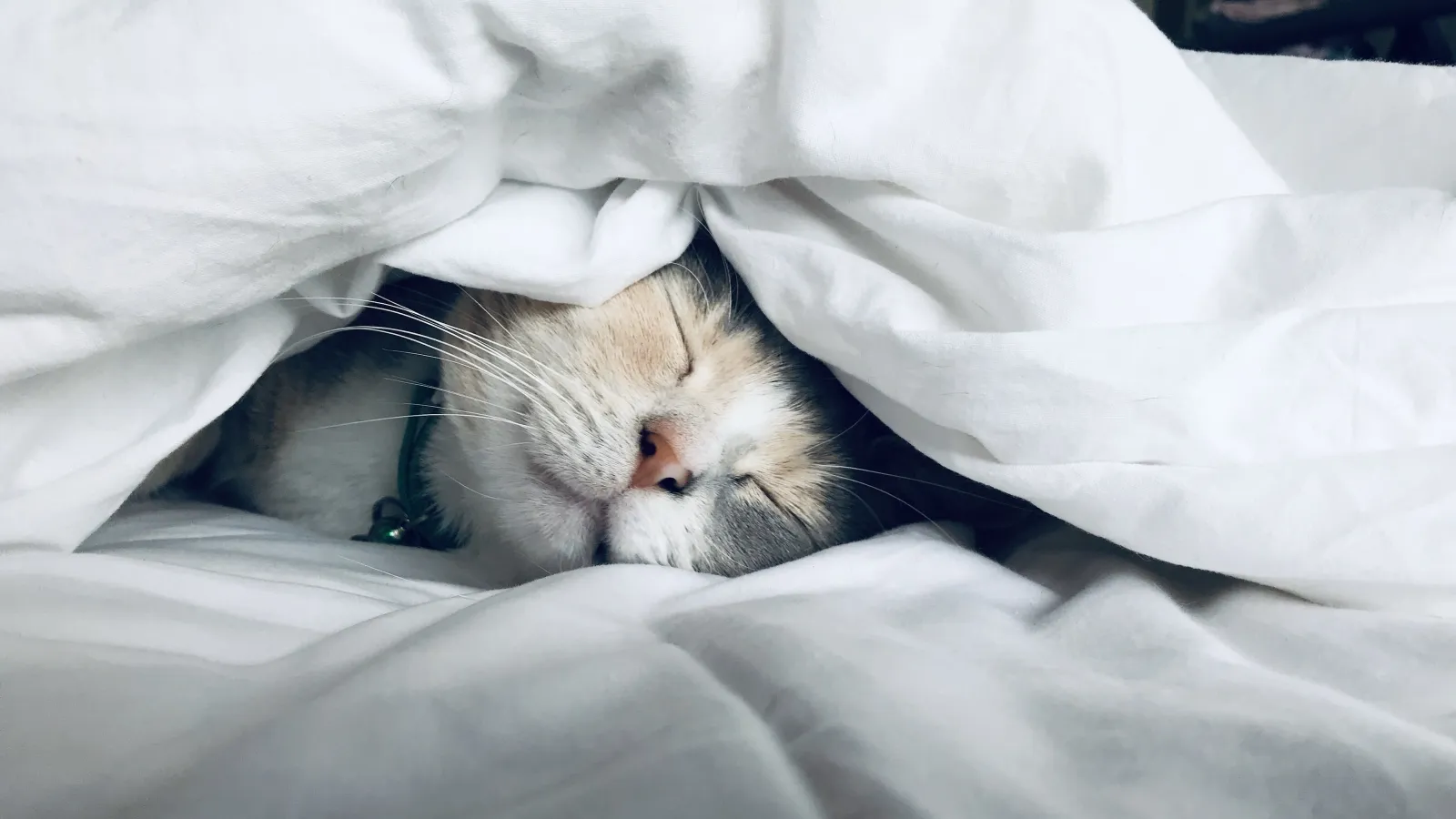
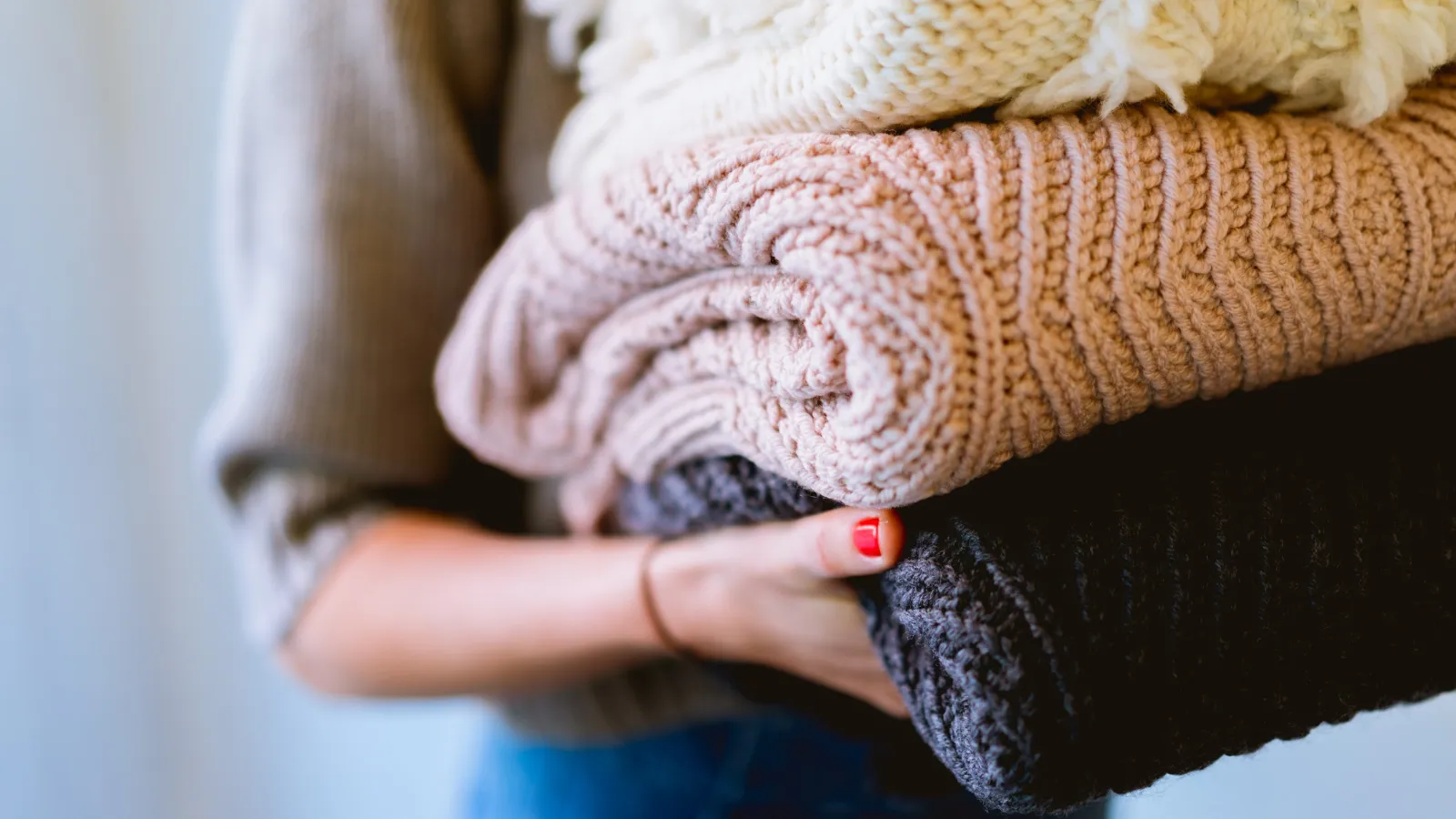
Blankets
Blankets are available in many fibers and construction types, including wool, cotton, acrylic, polyester, and polyurethane. A blanket's construction plays a direct role in its thermal qualities and should be cleaned to protect its ability to contain heat. Our team is skilled in the methods of cleaning blankets to preserve their heat-retaining qualities and appearance.
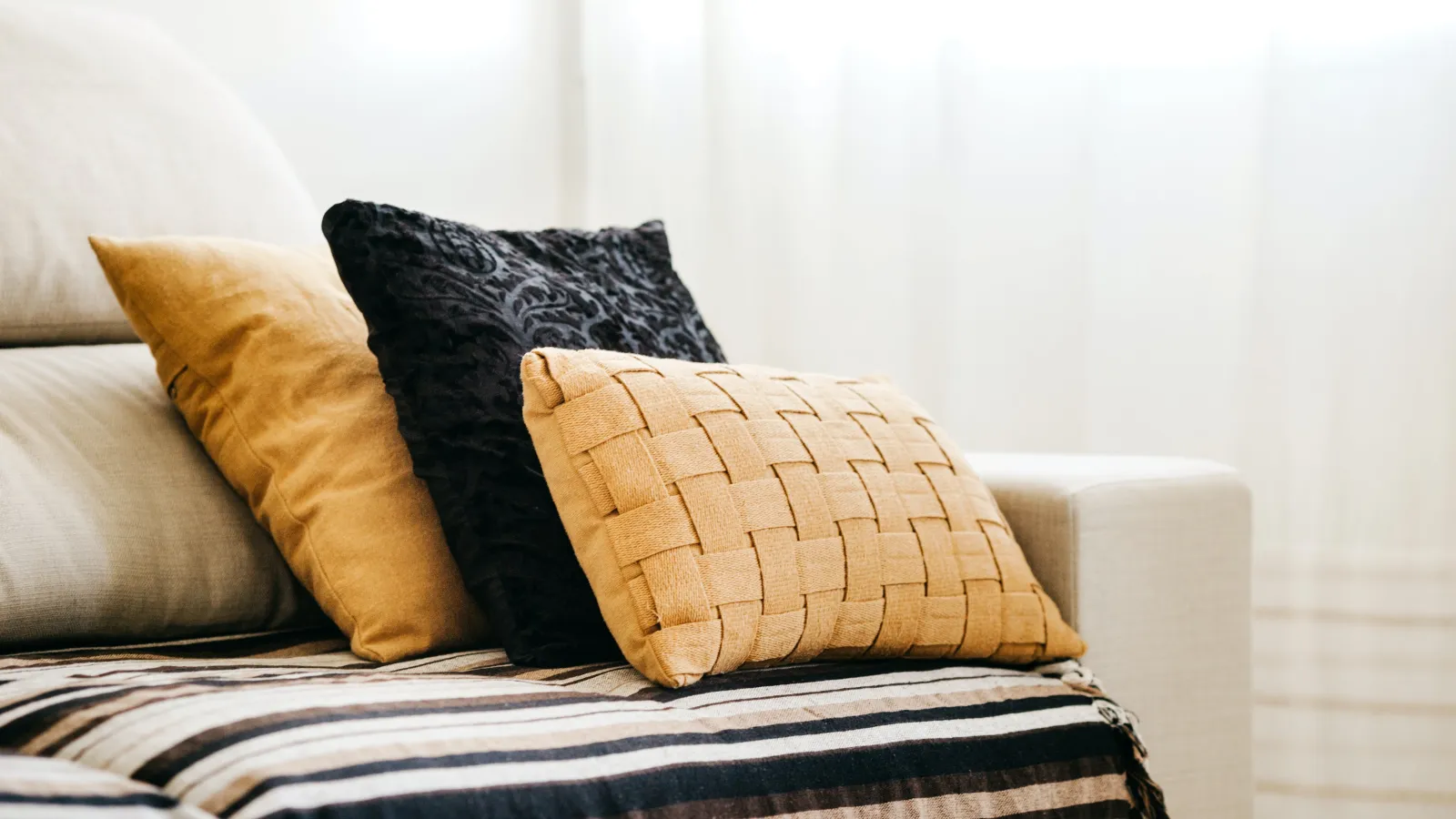
Decorative Pillows
Upholstery fabrics used for furniture are usually used to cover decorative pillows. Occasionally, pillows are also made to match draperies or other home furnishings. Most of these items are not supposed to be cleaned unless the manufacturer recommends a procedure. Do not remove the stuffing from cushions for cleaning.
Drapes
Drapes can hang for years between cleanings. Often, exposure to sunlight and changing temperatures lead to fabric damage in drapes. In time, soil and dust in the room, as well as outside atmospheric dirt and gasses from industry, automobiles, and construction, may soil the drapes. Many of these soils can be removed through careful cleaning practices.
Water stains appear when moisture from condensation on the window, humidity or spilled liquids causes the soils to disperse, leaving a stained area.
Moisture may also be responsible for displacing drapery sizing. After the moisture evaporates, a ring or streak may be noticeable because soils can be removed. You may notice discoloration due to light combining with oxygen, which tears down certain chemicals in fibers.
We often hear about white drapes that have yellowed noticeably in certain areas. Most fibers have a natural tendency to slowly oxidize and yellow from aging and atmospheric exposure. Any drapery material used to cover a window is exposed to both direct and indirect light.
The best way to prevent excessive damage or fading is to rotate a few different sets of drapes, blankets or comforters periodically, or with the seasons. Keep furniture out of direct light to minimize fading. This will not only brighten the look of your home, but it will ensure that you get the most mileage out of your household items.





